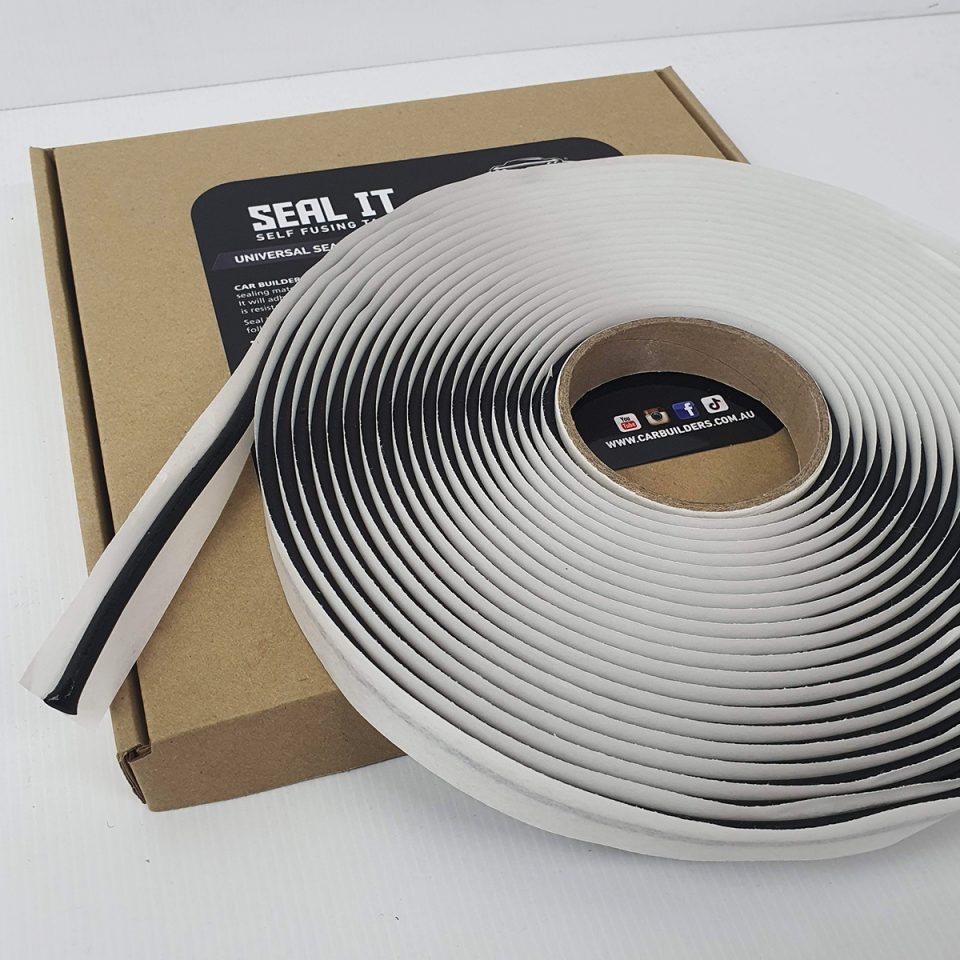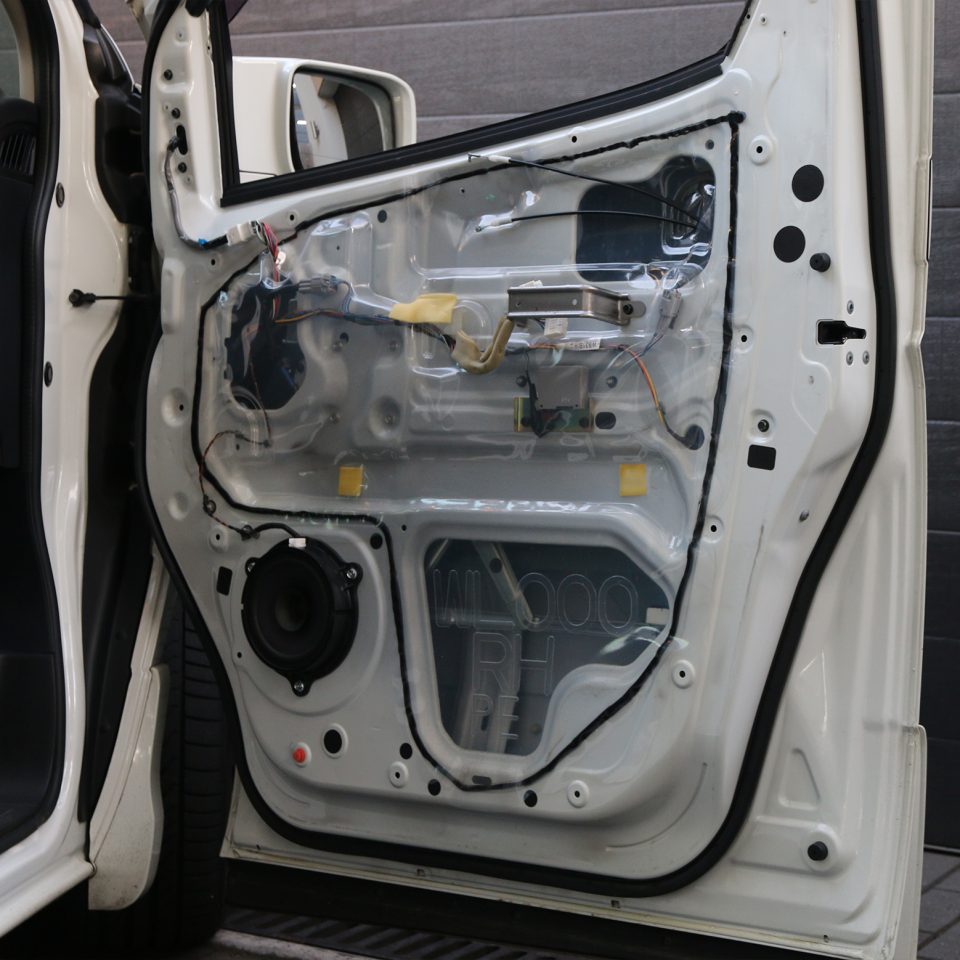Contents
When it comes to vehicle maintenance, upgrades, or repairs, the smallest details often make the biggest difference. One of the most underappreciated yet essential tools in your automotive toolkit is sealant tape. Whether you’re sealing, insulating, or protecting, this versatile product plays a key role in ensuring the longevity and quality of your vehicle’s performance. It’s not just about patching leaks or fixing a loose connection; sealant tape is crucial for a range of applications, from sound deadening to preventing corrosion.
Let’s explore why sealant tape is a must-have for every vehicle owner and how you can effectively use it to enhance your ride.
What Is Sealant Tape?

Sealant tape is a high-performance adhesive material designed to create airtight and watertight seals. It’s flexible, highly adhesive, and often used for sealing joints, seams, or gaps in a variety of settings. While it’s popular in the automotive world, it’s also a go-to solution for applications in construction, plumbing, and even electronics.
In the automotive industry, sealant tape offers incredible durability and flexibility, making it ideal for sealing hard-to-reach areas like door frames, engine bays, or window edges. Whether you’re customizing your car, preventing leaks, or reducing noise, sealant tape is an essential component for achieving a clean and long-lasting finish.
Key Benefits of Sealant Tape
Sealant tape offers a range of benefits that go far beyond what you might expect from a simple roll of adhesive material. Here are some of the standout features:
1. Watertight and Airtight Seals
One of the biggest selling points of sealant tape is its ability to create a watertight and airtight seal. This makes it invaluable in areas that are prone to leaks or exposure to moisture. Whether you’re sealing gaps around windows or fixing cracks in the bodywork, sealant tape prevents water ingress, which can lead to rust and corrosion over time.
2. Vibration Dampening
Sealant tape isn’t just for keeping out moisture—it’s also excellent at absorbing vibrations. If you’re dealing with a particularly noisy engine or rattling parts, applying sealant tape can help reduce those annoying sounds. It works particularly well when paired with other sound-deadening materials to minimize vibrations in the cabin, giving you a quieter, more comfortable ride.
3. Corrosion Protection
By sealing off metal components from water and air, sealant tape can help prevent rust and corrosion. This is especially useful in areas like the engine bay, where metal parts are exposed to harsh conditions. A small investment in sealant tape can save you from costly repairs down the line, extending the life of your vehicle.
4. Heat Resistance
Sealant tape often has high-temperature resistance, making it suitable for use around engines or exhaust systems where heat can degrade other adhesives. This makes it a smart choice for automotive applications where durability under extreme conditions is essential.
5. Easy Application
Unlike more complicated sealing solutions that may require specific tools or expertise, sealant tape is easy to apply. Simply cut the tape to your desired length, peel off the backing, and press it into place. Its flexibility allows it to conform to various shapes and surfaces, making it ideal for hard-to-reach areas.
Popular Uses of Sealant Tape in Automotives

1. Window and Door Seals
Sealant tape can be used around windows and door frames to prevent water, air, and noise from entering the cabin. If your seals are old or worn out, replacing them with fresh tape can drastically improve the insulation of your car, making it quieter and more energy-efficient.
2. Sealing Panels and Gaps
If you’ve ever worked on a car’s body, you know how important it is to seal panels and gaps to prevent moisture from causing rust or corrosion. Sealant tape is a quick and effective way to ensure that no moisture seeps in through cracks or joints.
3. Soundproofing
For those looking to enhance their vehicle’s acoustics, sealant tape can be used as part of a larger soundproofing strategy. Apply it to door panels, under carpets, and around any other areas prone to vibration and noise. Pairing it with high-quality sound-deadening materials will result in a quieter, more comfortable cabin environment.
4. Wire and Cable Insulation
Sealant tape can also be used to protect electrical components, especially wiring. It acts as an insulator, preventing moisture and contaminants from reaching your vehicle’s electrical system. This helps avoid short circuits, malfunctions, or corrosion of wiring.
5. Exhaust and Engine Bay Protection
Because many types of sealant tape are heat-resistant, they can be used in high-temperature areas like around the exhaust system or engine bay. Sealing gaps in these areas can protect sensitive parts from heat damage while also preventing leaks.
How to Choose the Right Sealant Tape
With so many options on the market, how do you choose the right sealant tape for your needs? Here are a few factors to consider:
- Material: Make sure to choose a tape made from high-quality materials that suit your application. For automotive purposes, tapes made from rubber or silicone are often ideal due to their durability and flexibility.
- Temperature Resistance: Depending on where you plan to apply the tape, ensure it can withstand high temperatures, especially if you’re using it near the engine or exhaust.
- Thickness: Thicker tapes provide more protection but may be harder to apply in tight spaces. Consider the thickness depending on the gap or area you’re sealing.
Sealant Tape: Small Investment, Big Benefits
When you’re working on your car, details matter. Using sealant tape to protect your vehicle from moisture, noise, and vibration is a smart move that will pay off in the long run. Whether you’re upgrading your ride, performing routine maintenance, or dealing with an emergency repair, having the right sealant tape on hand will make your life easier and your car more reliable.

